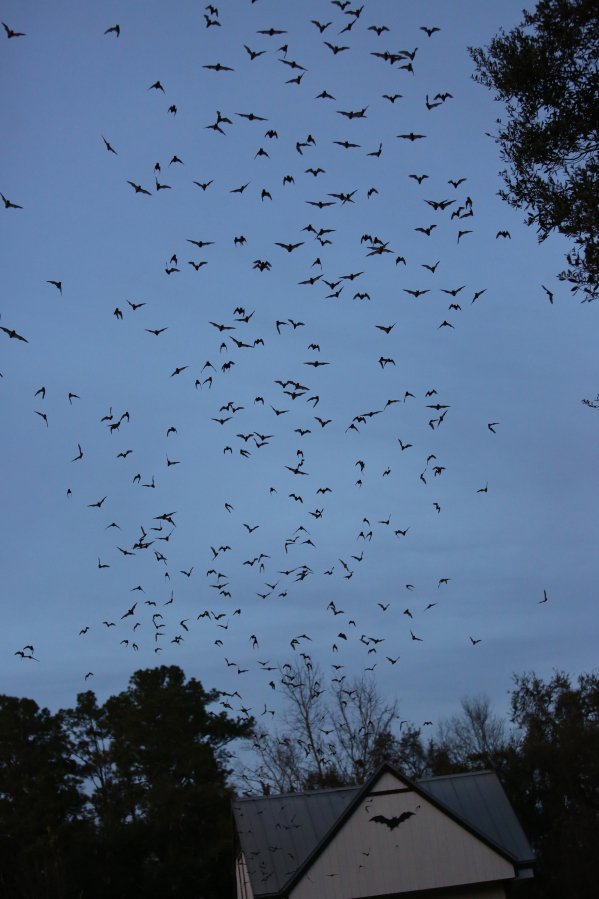Bats pose the biggest rabies threat in the U.S., according to the Centers for Disease Control and Prevention. Most bats are not rabid. However, because rabies can only be determined by laboratory testing, there is concern about possible exposure.
“It used to be thought, well, it’s a rabid dog. But the more common way of getting rabies is from the silver-haired bat,” says Dr. Gregory Poland, director of the Mayo Clinic Vaccine Research Group.
The deadly virus is transmitted from the saliva of infected animals to humans, usually through a bite. However, bats don’t always bite.
“Sometimes the saliva will drool onto you, and you could have a minor open cut,” says Dr. Poland. “Or sometimes a bat will lick on the skin and, again, transmit the virus that way.”



